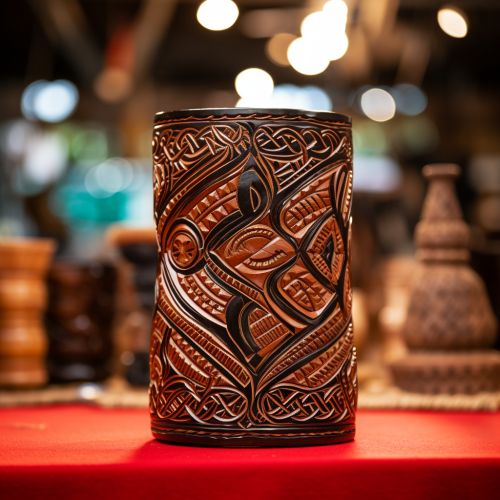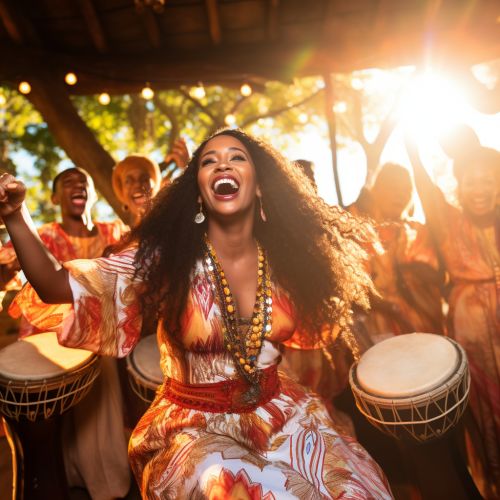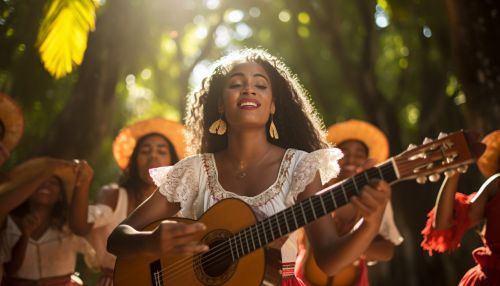Culture of the Dominican Republic
Culture of the Dominican Republic
The Dominican culture is a rich tapestry woven from the diverse influences of the indigenous Taíno, Spanish colonizers, and African slaves. It is a unique blend of traditions, beliefs, and practices that have shaped the country's social, political, and economic life.
History
The cultural history of the Dominican Republic is marked by a confluence of Taíno, Spanish, and African influences. The indigenous Taíno people, who inhabited the island before the arrival of the Spanish, had a profound impact on the country's cultural evolution. Their influence is still evident in the Dominican Republic's language, food, and art.


The arrival of the Spanish in the 15th century brought with it a new set of cultural norms and practices. The Spanish language, Catholicism, and European-style architecture were introduced, significantly altering the cultural landscape of the island. The African influence came with the arrival of slaves who brought with them their own traditions, music, and culinary practices.
Language
The official language of the Dominican Republic is Spanish, which was introduced by the Spanish colonizers. The Dominican Spanish is characterized by its unique accent and the use of indigenous and African words. The language is a testament to the country's multicultural heritage and is a significant aspect of its cultural identity.
Religion
The dominant religion in the Dominican Republic is Catholicism, introduced by the Spanish colonizers. The Catholic Church has played a pivotal role in shaping the country's cultural, social, and political life. However, the country also has a significant number of Protestants, and there is a growing presence of other religions such as Islam and Judaism.
Music and Dance
Music and dance are integral parts of Dominican culture. The country is known for its vibrant music scene, with genres like Merengue, Bachata, and Salsa enjoying international popularity. These music styles are often accompanied by energetic and expressive dances, which are a common feature of social gatherings and celebrations.


Cuisine
Dominican cuisine is a fusion of Taíno, Spanish, and African influences. Staple foods include rice, beans, and meat, which are often served with tropical fruits and vegetables. Popular dishes include Sancocho, a hearty stew made with meat and root vegetables, and Mangú, a dish made from mashed plantains.
Art and Literature
Dominican art and literature have been shaped by the country's history and cultural diversity. Dominican art ranges from the traditional Taíno artifacts to modernist paintings and sculptures. Dominican literature, on the other hand, has been influenced by the country's political history, with themes of identity, colonialism, and social justice often explored.
Festivals and Holidays
Dominicans celebrate a variety of festivals and holidays, many of which are rooted in the country's Catholic tradition. These include Easter, Christmas, and the Carnival, which is a vibrant and colorful celebration featuring parades, music, and dance.
Sports
Sports play a significant role in Dominican culture, with Baseball being the most popular. The Dominican Republic has produced some of the world's best baseball players, and the sport is a source of national pride.
